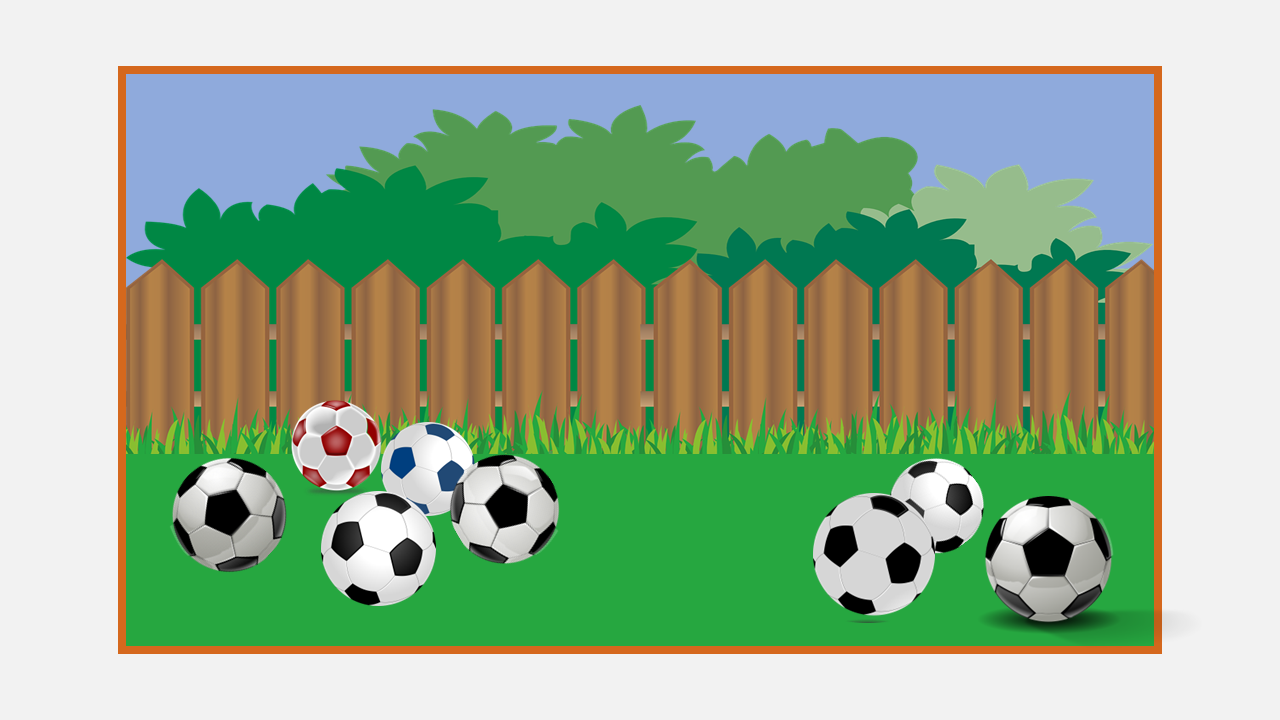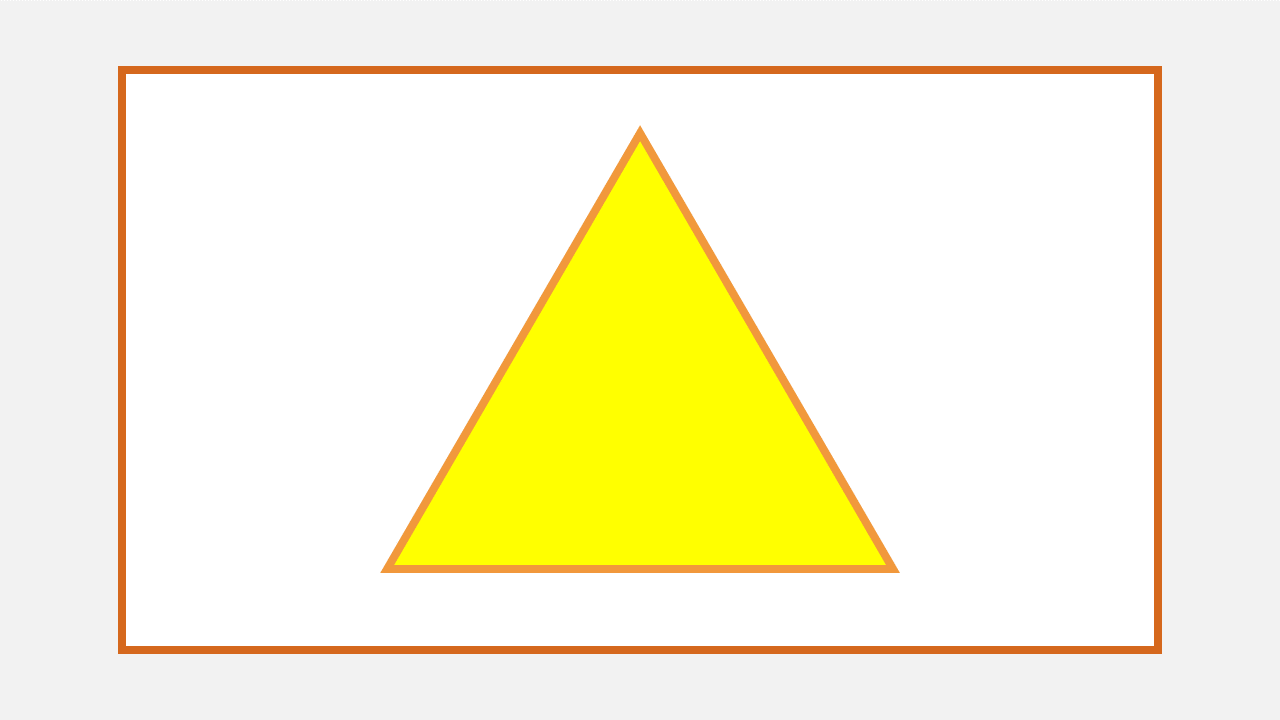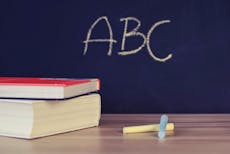A Full Guide to the MAP Kindergarten Test (2025)
All products and services featured are independently selected by WikiJob. When you register or purchase through links on this page, we may earn a commission.
- What Is the NWEA MAP?
- What Is a MAP Test?
- What Is the MAP Assessment Kindergarten Test?
empty
empty
empty
- The Format of the MAP Test Kindergarten
empty
empty
- Sample MAP Test for Kindergarten (2025)
empty
empty
- How to Prepare for the MAP Kindergarten Test in 2025
- Frequently Asked Questions - FAQs
- Final Thoughts
What Is the NWEA MAP?
The NWEA MAP test kindergarten level is a common test used to evaluate where a child is in their school year learning journey.
The results can be useful as a measure of academic progress and for identifying and predicting future needs.
MAP tests can be provided to children from kindergarten all the way up to 12th grade.
Many schools use the MAP test to assess student growth and make informed decisions about teaching plans.
The MAP kindergarten test evaluates the development of skills among children, which can be useful for a wide range of reasons.
This article discusses this test in-depth, including how and when it’s administered.
You’ll also learn how to prepare your child for this assessment, what you can learn from it and how the test is formatted.
Let’s get started!
For more information on how the MAP test is scored, see our dedicated article.
What Is a MAP Test?
The MAP test was first developed in 2000 by the Northwest Evaluation Association (NWEA).
However, the organization has been researching and administering tests evaluating student growth since 1985.
MAP tests support educators and students by developing assessment solutions that measure proficiency and growth in students.
This, in turn, provides a comprehensive insight into the student’s educational needs and helps tailor their education in the future.
The NWEA assessment kindergarten test is typically administered three times a year, allowing educators to evaluate student’s progress after each term.
The primary purpose of the tests is to provide a different view of the children’s progress in schools, and this progress is measurable by educators and parents alike.
Teachers often create their own testing system, which makes it harder to follow children’s understanding of the same curriculum.
MAP tests provide a broader view of this subject.
The kindergarten map test questions are based on standardized material, and the answers are compared to a large database.
Unlike traditional exams, with the help of the MAP test, parents can gain insight into how their children can improve their learning.
More information on each specific NWEA MAP test level can be found in our dedicated articles:
- 2nd Grade MAP Growth Practice
- 3rd Grade MAP Growth Practice
- 4th Grade MAP Growth Practice
- 6th Grade MAP Growth Practice
- 7th Grade MAP Growth Practice
What Is the MAP Assessment Kindergarten Test?
Three different types of exams are used on the MAP kindergarten test:
- Screening
- Map growth English or Spanish
- Skills checklist
Below is a detailed description of what these exams evaluate. Based on the skills of each test assessment, teachers can decide which to give to students and when.
MAP Kindergarten Screening
Screening allows educators to obtain essential information for new students in the earliest stages of learning, such as when entering kindergarten.
MAP Kindergarten Growth English or Spanish
This is a computer-adaptive assessment that evaluates students’ educational achievement based on content aligned with state standards.
The scores from repeated administrations are often used to measure the students’ personal growth over time.
MAP Kindergarten Skills Checklist
An assessment of knowledge of a specific skill before and after teaching it.
Its often administered after receiving the results of the Screening Test and the Growth test.
Try a MAP Kindergarten Test on TestPrep-Online
The Format of the MAP Test Kindergarten
The MAP Test Kindergarten is used to evaluate children’s math skills and reading skills.
Here is how these sections are structured in terms of length, question format and more.
MAP Kindergarten Math Skills
The math test has 43 questions testing the following areas:
- Computation and problem-solving – Involves getting the students to do basic calculations and solve math problems
- Measurement – Tests the students’ understanding of time, lengths, and temperatures
- Number Sense – Evaluates students counting, ordering, and number understanding skills
- Statistics and probability – Gets an insight into the students’ understanding of simple graphs and the likelihood of a future event
- Geometry – It asks students to identify simple shapes and prove their knowledge of concepts such as symmetry
- Algebra – Encourages students to use simple applications like relationships and patterns
MAP Kindergarten Reading Skills
The English language MAP reading comprehension section also has 43 questions evaluating the following skills:
- Phonics and phonology – It tests the student’s understanding of different sounds, vowels, consonants and rhyming words
- Word structure and meaning – It evaluates the student’s ability to categorize words, synonyms, antonyms, prefixes and affixes
- Print concepts – Prompts students to show their level of understanding of the alphabet, words, letter orders and sentences
- Writing – Evaluate the students’ aptitude in using capitals, tenses, and correct spelling
- Comprehension – It assesses the student’s ability to understand different elements of a story, along with their listening and reading skills
To ensure equality, the Kindergarten test is available in English and Spanish. There are also adaptive tests such as Braille and different color systems for students with disabilities.
Students typically have 45 minutes to complete the test, but this time frame depends on the individual schools.
The child’s progress is based on their language usage.
The MAP kindergarten tests are adaptive. For example, if a student has difficulty answering a question, the next test will be easier.
Another easement is that children can take a pause after 20 minutes and resumes the test after 25 minutes of rest.
This helps them collect themselves in case they get overwhelmed by the number of questions.
Sample MAP Test for Kindergarten (2025)
While there are plenty of questions online, here are a few samples to help you get an idea of what awaits your child on the real-time test.
MAP Kindergarten Example Math Questions
Mark has five footballs in his yard. He gets three more footballs. How many footballs does Mark have in his yard?
You can use the picture to help you solve the problem.

a) Three
b) Six
c) Eight
d) Nine

Identify the shape from the answers shown below.
a) Rectangle
b) Cube
c) Triangle
d) Pyramid
Read the following sentence:
What is the color of your backpack
What sign should be at the end of that sentence?
a) !
b) ?
c) .
d) &
Which words mean the same?
a) Hungry, Afraid
b) Sad, Unhappy
c) Thirsty, Cold
d) Warm, Happy
If you want 12-month access to all the practice resources for this test, our partner TestPrep-Online.com offers a Family Membership.
Family Membership gives you access to all the TestPrep-Online resources for the next 12 months. You will also get two separate accounts, which can be very helpful if you have two children preparing for their tests.
Get a Family Membership with 12-month access

How to Prepare for the MAP Kindergarten Test in 2025
Step 1. Get Familiar with the Test Format
If this is the first time your child is taking a formal evaluation, they might be overwhelmed and anxious.
Taking a sample map test for kindergarten can help children familiarize themselves with the MAP growth test kindergarten format.
They can learn what the question looks like, how they’re expected to answer and what they can do to make this process easier for themselves.
Step 2. Identify Strengths and Weaknesses
During practice, you’ll be able to identify your child’s strengths and weaknesses. Encourage your child to work on both.
Working on problematic areas will help your child overcome difficulties.
Improving in areas they already have a significant aptitude for will raise their confidence and help them perform better on the MAP assessment in kindergarten.
Step 3. Create a Study Plan to Cover Topics
Once you’ve identified the child’s strengths and weaknesses, you can create a study plan to cover different topics.
Make sure the child has enough time to focus on specific skills but set deadlines by which they should master the skills to the best of their abilities.
That said, the study plan should be balanced with other activities that keep your child healthy and active.
Good physical and mental health are essential for children to understand and retain information.
Step 4. Use Play as a Learning Method
Small children can learn more through fun and games than by sitting at a desk and practicing rigorously. Play different games with your child to help them develop different skills.
Puzzles can be great for honing problem-solving skills, which children need in the math section. But including children in daily chores that require a little math is also a great idea.
Reading at bedtime can help them strengthen their vocabulary and other skills they need in the reading section.
Step 5. Avoid Pressuring the Child
Children often get anxious simply knowing they’ll have to take a test.
Avoid pressuring your child to prepare so they can perform better, as this can be counterproductive.
Instead of encouraging them to improve, you’ll raise the chances that your child gets performance anxiety and does poorly on the test.
Reassure your child that they can’t fail this test and that the only thing that matters is that they try their best.
The MAP kindergarten test is a comprehensive assessment used by schools worldwide.
It was developed by the Northwest Evaluation Association (NWEA) as a tool that provides a better insight into children’s academic development in kindergarten.
The NWEA kindergarten test is administered three times a year, in September, February and June, allowing parents and educators to track the students’ progress.
The MAP kindergarten assessment isn’t hard to pass.
The children have no strict time limit, can take a little rest between sections, and can even suspend the test if they feel like they can’t complete it for some reason.
They can resume it or discard it after 28 days. Not only that, but the question is adaptive, which means that if a child has difficulties answering questions, their next question will be easier.
Since the child will be taking these tests on a computer or mobile device, your child should prepare for the MAP kindergarten test on a similar device by taking sample tests. They can also prepare by playing games that help develop their skills.
They can do both in their home, which provides a comforting element and promotes learning. In addition, their parents can help them work on the necessary skills.
Doing a MAP kindergarten practice test in exam settings is also great preparation.
Children take the tests three times a year, but they can rarely retake them within the same evaluation period.
Only if the child isn’t able to resume their test on the day of testing (or 28 days after) can they retake it.
In addition, if it’s determined that the children had difficulties with the test (which resulted in a low score), the test can be discarded, and the children may be allowed to resit the evaluation.
The MAP kindergarten test isn’t a pass-or-fail assessment. It’s only meant to evaluate the development of certain skills in children, which means you can’t fail this test.
This gives children more confidence to take it, as it reassures them that the tests are only meant to help them – not give them a certain grade or score.
You can find plenty of examples of a sample map test for kindergarten online. There are plenty of websites that offer free samples and mock tests that can help your child prepare for the test.
TestPrep-Online provides ample free MAP test practice questions, along with paid samples.
Educators and your child’s teachers can also help find practice tests and give instructions on how to help your child resolve them.
The MAP test kindergarten has no time limit, although there is a recommended time frame of 45 minutes.
In most schools, children are required to complete the assessment within this time and typically have no trouble doing so.
Some schools leave more time for children, especially for those taking the test for the first time.
It’s also important to note that the test is interrupted after 20 minutes, so the children can take a pause and settle if they feel overwhelmed by the number of kindergarten map test questions.
The test resumes after 25 minutes, and the pause isn’t calculated in the total duration of the test.
The MAP kindergarten reading section has 43 questions evaluating the students’ understanding of phonology and phonics, print concepts, word structure, meaning, comprehension and writing skills.
The math section is also comprised of 43 questions, and it assesses the children’s aptitude in computation and problem-solving, number sense, measuring statistics, probability, algebra and geometry.
The MAP kindergarten tests assess the students’ math and reading skills. It helps identify gaps in the children’s knowledge in these areas.
It also evaluates the student’s ability to absorb and learn information, providing great insight into the children’s future learning potential.
You can typically find a guide for the MAP Kindergarten Test on the same websites that offer a sample MAP test for kindergarten, such as TestPrep-Online.
If it’s the first time that your child is taking the test, look for a comprehensive guide so you can help them prepare adequately.
You can also ask your children’s teachers for further guidance. However, there is no better practice than a NWEA map practice test kindergarten as the MAP test sample questions kindergarten allows them to have a real practice of the conditions they’ll face on the test.
Final Thoughts
Since this is one of the first official tests your child will take, preparing for it can be a daunting task.
However, you must remember that the MAP kindergarten tests are here to help you and your child’s educators see how your child learns information and what all of you can do to improve this skill.
You can help your child prepare by explaining to them that they can’t fail the test and they can take a rest about halfway through.
You can also help them by working on their skills, playing appropriate games with them, and assisting them in identifying their strengths and weaknesses.
Once this is done, you can create a study plan with the help of their teacher and reassure your child as they conquer the milestones on this plan.






